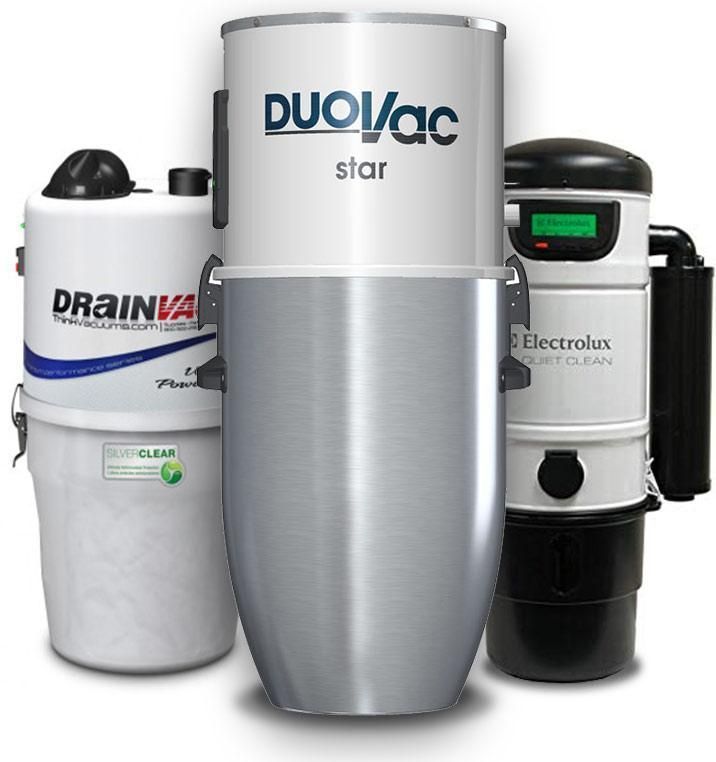Options for Central Vacuum Pipe Sizes
What Central Vacuum Pipe Do I Use?
 Choosing the right piping for your central vacuum system is crucial for ensuring optimal performance and longevity. This guide will walk you through the key differences between Schedule 20 and Schedule 40 PVC pipes, and why Schedule 20 is the preferred choice for central vacuum installations.
Choosing the right piping for your central vacuum system is crucial for ensuring optimal performance and longevity. This guide will walk you through the key differences between Schedule 20 and Schedule 40 PVC pipes, and why Schedule 20 is the preferred choice for central vacuum installations.
Box of PVC Schedule 20 Pipes for Central Vacuums
Single Schedule 20 PVC Pipes for Central Vacuums
Understanding Pipe Schedules
When it comes to PVC pipes, the term "schedule" refers to the thickness of the pipe wall. While both Schedule 20 and Schedule 40 pipes might appear similar, their applications and performance vary significantly.
Schedule 20 PVC Pipes
Material Quality: Schedule 20 pipes are crafted from 100% virgin PVC material. This high-quality composition ensures that the pipes are free from impurities, resulting in a smooth internal surface that maximizes suction power. Unlike pipes made from recycled materials, Schedule 20 pipes do not contain foreign materials that could compromise the integrity of the system.
Installation Ease: One of the standout features of Schedule 20 pipes is their ease of installation. They are manufactured to strict standards, ensuring a consistent fit with fittings, superior cement adhesion, and better cuts. This consistency helps installers complete the job right the first time, reducing the need for callbacks or adjustments.
Performance Benefits: Schedule 20 pipes are designed specifically for central vacuum systems. They maintain a smooth internal surface that supports efficient airflow, minimizing the risk of clogs and maintaining strong suction. The pipes are less prone to sagging or warping under heat, a common issue with thicker Schedule 40 pipes.
Schedule 40 PVC Pipes (NO GOOD)
Misapplication Risks: While Schedule 40 pipes are thicker and often used in plumbing applications, they are not suitable for central vacuum systems. The thicker walls do not enhance performance in vacuum systems; instead, they can restrict airflow due to tighter fittings and elbow designs. This restriction can lead to decreased suction and potential clogging issues.
Inferior Airflow Dynamics: The internal surfaces of Schedule 40 pipes are rougher, which can disrupt airflow. Their fittings are not angled properly for vacuum systems, leading to further inefficiencies.
The Importance of Certification
 When selecting pipes for your central vacuum system, ensuring they are certified is vital. Certified pipes meet specific standards, such as the ASTM F2158, which ensures consistent quality and compatibility across different fittings and tubes. Using non-certified plumbing PVC, like Schedule 40, can result in installation failures and regulatory compliance issues. Building inspectors may fail installations that do not adhere to these standards, potentially requiring costly replacements.
When selecting pipes for your central vacuum system, ensuring they are certified is vital. Certified pipes meet specific standards, such as the ASTM F2158, which ensures consistent quality and compatibility across different fittings and tubes. Using non-certified plumbing PVC, like Schedule 40, can result in installation failures and regulatory compliance issues. Building inspectors may fail installations that do not adhere to these standards, potentially requiring costly replacements.
Why Opt for Schedule 20?
Industry Standard: Schedule 20 pipes have been the industry standard for over 35 years, trusted by professionals for both residential and commercial installations. They ensure that your central vacuum system operates at peak efficiency without the risk of common issues associated with improper piping.
Professional Recommendations: Leading central vacuum manufacturers and installers advocate using Schedule 20 pipes. The risks and inefficiencies of using Schedule 40 pipes make them an unpopular choice among experienced professionals.
When planning your central vacuum installation, selecting the right piping can make a significant difference in performance and reliability. Schedule 20 PVC pipes offer superior material quality, ease of installation, and optimal airflow dynamics, making them the best choice for any central vacuum system. Avoid the pitfalls of using plumbing PVC like Schedule 40, which can lead to inefficiencies and regulatory headaches. Trust the industry standard; choose Schedule 20 PVC for your central vacuum system.




Log In
Create New Account